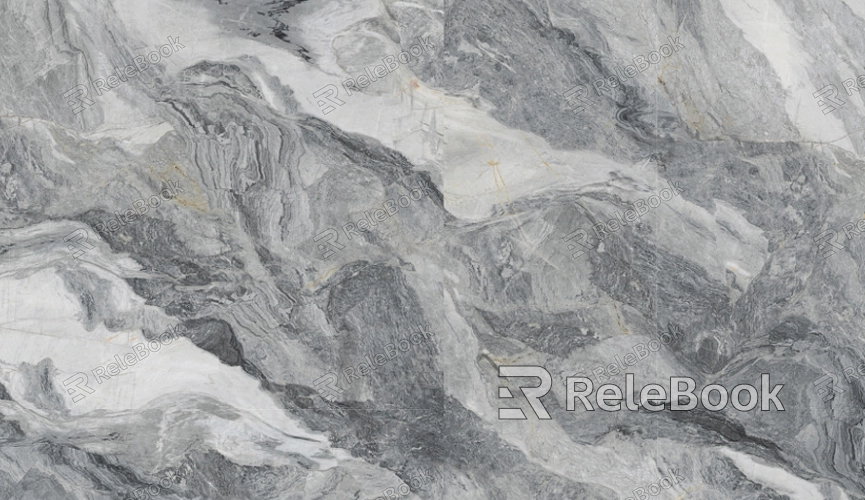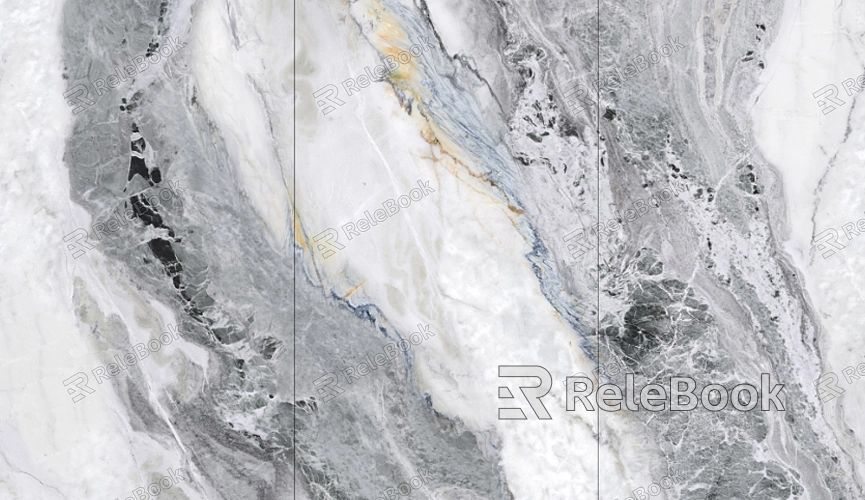How to Use Multiple UV Maps in Blender?
While a single UV map may be sufficient for simple objects, more complex models often require multiple UV maps. Using multiple UV maps enables artists to apply different textures to the same model, giving them greater flexibility and control over their designs. This article will explore how to use multiple UV maps in Blender, step by step, and answer some frequently asked questions about this process.

What is a UV map?
Before diving into working with multiple UV maps, it is important to understand what a UV map is. A UV map is a 2D representation of a 3D model's surface. It allows you to "unwrap" the 3D object and lay it out flat in 2D space so that textures can be applied to it. This process is akin to peeling the skin off an orange and laying it flat. Each face of the 3D object is projected onto a 2D plane, and this 2D layout is called a UV map.
Blender's UV mapping system allows for the creation of one or more UV maps for any given object. While one UV map may suffice for basic texturing, more complex projects, such as those involving detailed materials, custom textures, or specific effects, often require multiple UV maps. Each UV map can store different sets of texture coordinates, allowing the model to have multiple layers of texture data.
Why Use Multiple UV Maps?
Using multiple UV maps provides several advantages in 3D modeling and texturing. One key benefit is the ability to apply different textures or materials to different parts of the same model. For example, an object might have one UV map for color or diffuse textures, another for bump or normal maps, and yet another for special effects like reflections or ambient occlusion. This allows for greater artistic control and flexibility in creating complex textures.
In addition, some techniques, such as baking complex textures, combining multiple materials, or creating detailed sculpting effects, often require multiple UV maps. Using separate UV maps can also make it easier to work with large models or characters that need different types of textures in different areas.

How to Create Multiple UV Maps in Blender
Creating multiple UV maps in Blender is a relatively straightforward process, though it does require some understanding of the interface and the tools available. The following steps will guide you through the process.
Step 1: Preparing Your Object
Start by selecting the object you want to apply multiple UV maps to. It is important to ensure that the object is properly modeled and has its basic topology in place. If the object is still a basic shape, you may want to finish any initial modeling before proceeding with UV mapping.
Step 2: Entering Edit Mode
To begin working with UV maps, you need to be in Edit Mode. To do this, select your object and press Tab to switch between Object Mode and Edit Mode. In Edit Mode, you can select individual faces, vertices, or edges of your model and start the unwrapping process.
Step 3: Creating the First UV Map
Once in Edit Mode, you can begin unwrapping your object to create its first UV map. Press A to select all the geometry of the object, then use the U key to bring up the unwrapping menu. Depending on the complexity of your model, you might choose an unwrapping method such as Unwrap, Smart UV Project, or Lightmap Pack.
For simple models, Unwrap will usually suffice. Blender will automatically attempt to flatten the model’s geometry onto a 2D plane, creating a UV map. After unwrapping, you can adjust the layout in the UV Editor to better fit the texture you plan to apply.
Step 4: Creating Additional UV Maps
To create additional UV maps, go to the Properties Panel and select the Object Data Properties tab (the green triangle icon). In the UV Maps section, you will see the default UV map created during the unwrapping process. To create a new UV map, click the + button. This will add a new UV map to your object.
You can now unwrap the model again, but this time, choose a different unwrapping method or modify the unwrapping process to fit the needs of the new texture. For example, if you are planning to use a second UV map for a bump map, you might choose a different set of seams or adjust the layout to optimize it for the second map.
Repeat this process as needed to create additional UV maps for other textures or materials. Each new UV map will be listed in the UV Maps section, and you can select which one to work with at any given time.
Step 5: Assigning UV Maps to Materials
Once you have created multiple UV maps, the next step is to assign them to different materials or textures. To do this, go to the Shader Editor and create a new material or texture. In the Texture Coordinate node, you will see an option to select a specific UV map. By selecting the desired UV map, you can apply it to a specific material or texture.
You can use different texture coordinate nodes to mix multiple UV maps in a single material, which gives you even more creative control over how textures are applied.
Tips for Working with Multiple UV Maps
When working with multiple UV maps in Blender, there are a few tips and best practices to keep in mind:
Organize Your UV Maps: Keep your UV maps organized by naming them according to their purpose, such as “Diffuse UV,” “Normal UV,” or “Bump UV.” This will make it easier to identify which map is for which texture when you start applying materials.
Avoid Overlapping UV Maps: While it is possible to overlap UV maps, this can lead to texture bleeding or confusion when applying textures. Try to keep each UV map’s coordinates distinct from others whenever possible.
Use Image-Based Textures: To get the best results, use high-quality image-based textures that match the UV map layout. The better your UV map, the more detailed and realistic your textures will appear.
Check UV Map Scaling: If your UV maps are not properly scaled, your textures may appear stretched or compressed. Always check the scaling of each UV map in the UV Editor to ensure that it aligns with your intended texture resolution.
Common Challenges and Solutions
Problem 1: Texture Distortion
One of the most common issues when using multiple UV maps is texture distortion. This often occurs when the unwrapping process has created stretched or compressed areas on the model. The solution is to carefully adjust the seams and layout of the UV map to ensure that the texture fits the geometry properly.
Problem 2: Conflicting UV Maps
Another challenge arises when multiple UV maps are not properly managed, causing conflicts when trying to apply textures. To avoid this, always ensure that you are selecting the correct UV map in the Texture Coordinate node when assigning textures.
Problem 3: Performance Issues
Having too many UV maps can sometimes lead to performance issues, particularly with high-resolution models. To mitigate this, consider simplifying your UV layouts or using texture atlases to consolidate multiple textures into a single map.
Blender’s ability to handle multiple UV maps offers artists unparalleled flexibility in their texturing workflows. By understanding the process of creating and using multiple UV maps, you can significantly improve the visual quality of your models and gain more control over how textures are applied. Whether you are working on a complex character, an architectural visualization, or a hard surface model, using multiple UV maps can help streamline your workflow and ensure that each texture is applied where it’s needed.
By following the steps outlined above and keeping the best practices in mind, you can unlock the full potential of Blender's UV mapping system. Once you’re ready to take your projects to the next level, consider downloading 3D models and textures from the Relebook website to enhance your designs.
FAQ
Can I use multiple UV maps for a single texture?
Yes, you can use multiple UV maps in the same material by using the Texture Coordinate node in the Shader Editor. This allows you to mix different UV maps in one material, giving you more creative flexibility.
How can I switch between UV maps in Blender?
To switch between UV maps, simply go to the Object Data Properties tab, and in the UV Maps section, select the desired map. In the Shader Editor, you can also specify which UV map to use for each texture.
Will using multiple UV maps increase the render time?
Using multiple UV maps may slightly increase render time, especially if your model is complex and has a lot of texture data. However, with proper optimization, such as using texture atlases or keeping the UV maps efficient, the impact on performance can be minimized.
How do I bake textures with multiple UV maps?
To bake textures with multiple UV maps, you need to assign each map to a specific material or texture before starting the baking process. In the Bake settings, ensure you are using the correct UV map for each texture channel.
Can I edit UV maps after unwrapping?
Yes, you can always go back and edit UV maps after unwrapping. In Edit Mode, you can move, scale, or adjust the UV islands in the UV Editor to fine-tune the texture layout.

